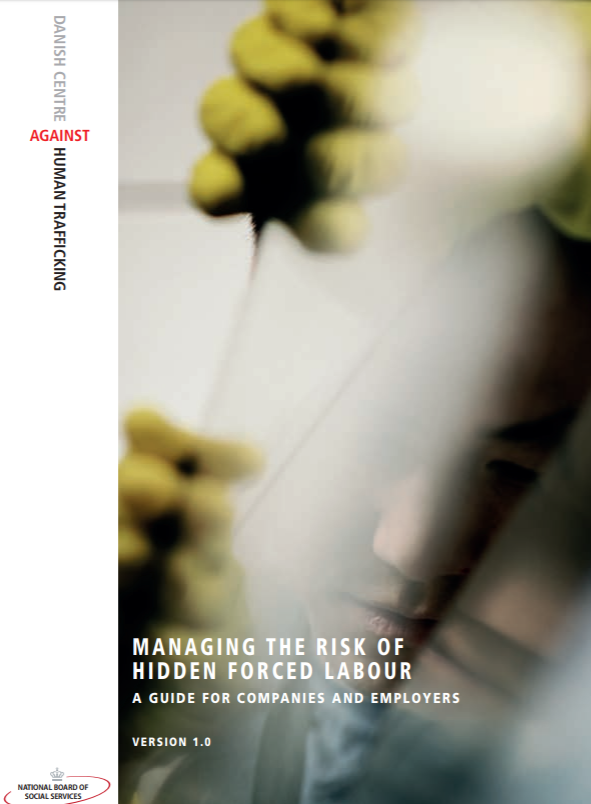DataJam Pasos Libres Online 2021
News & AnalysisGuidancePublicationsEventsPasos Libres, the Global Initiative against Transnational Organized Crime, the Responsible and Ethical Private Sector Coalition against Trafficking (RESPECT), the International Labour Organization (ILO) and partners invi...Read More

